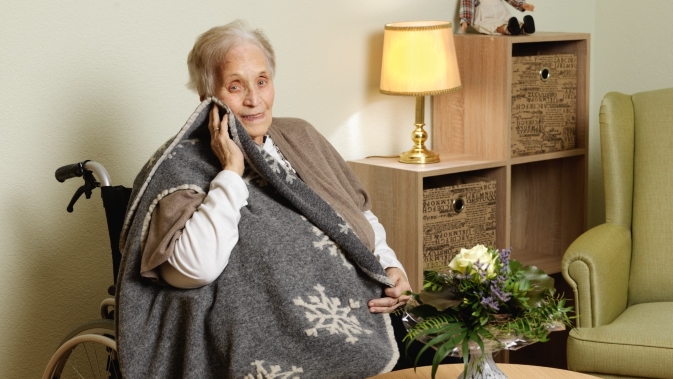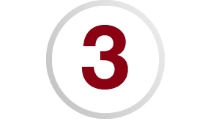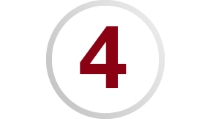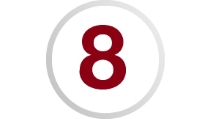Hygiene - simple and straightforward

Ten basic hygiene tips for everyday work
Employees in care and nursing homes work really hard to ensure residents are well looked after. But how do they protect themselves from viruses and bacteria? By following these 10 basic hygiene tips, for example.










